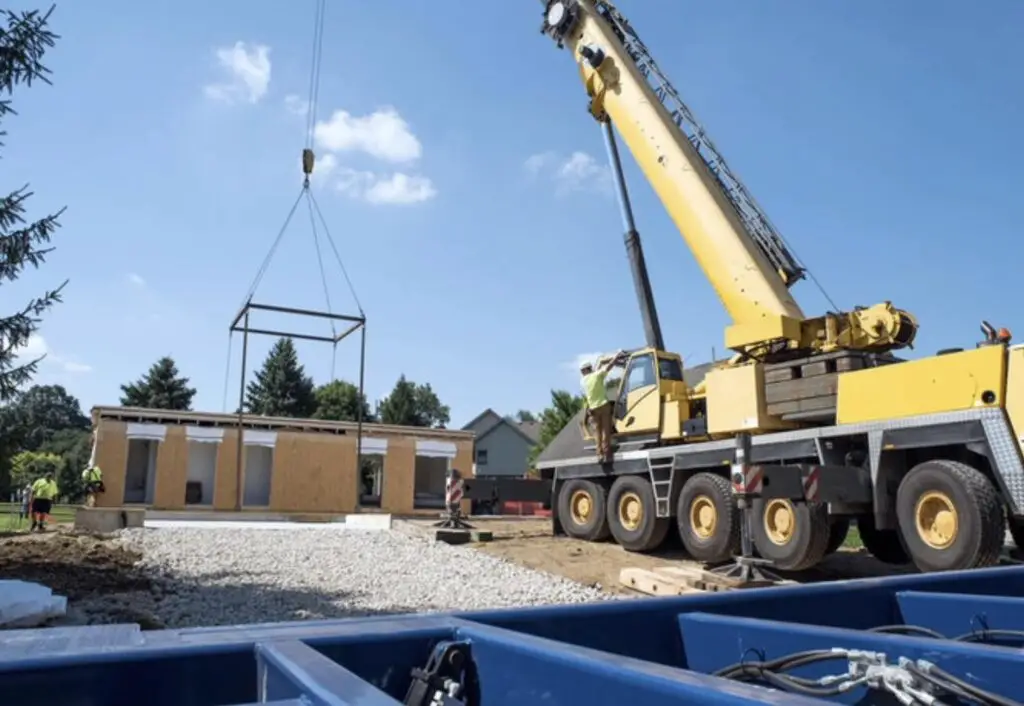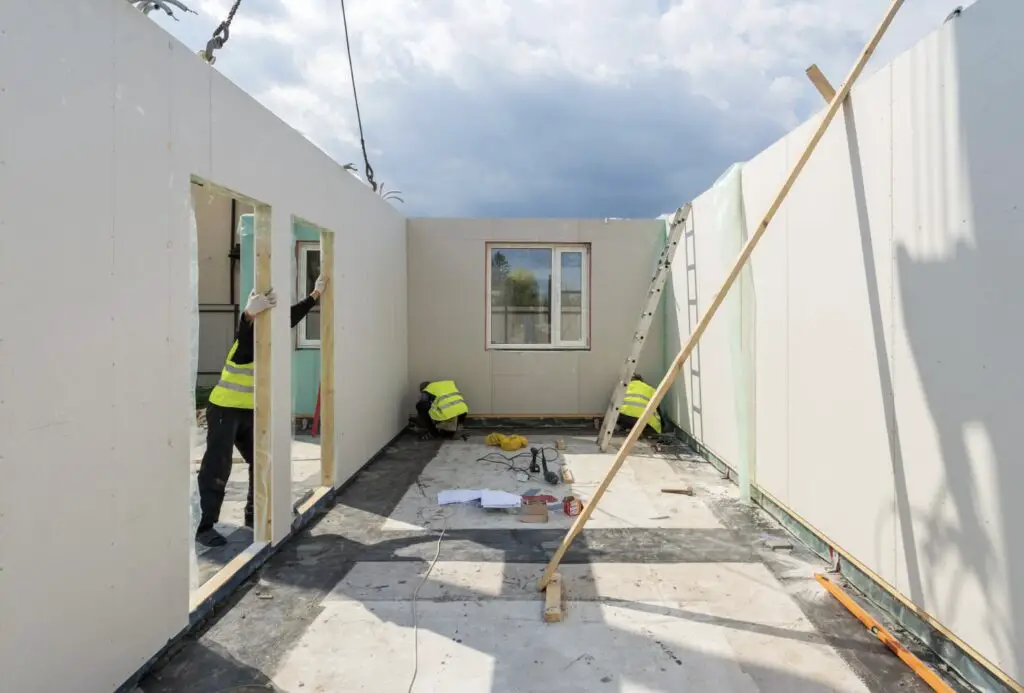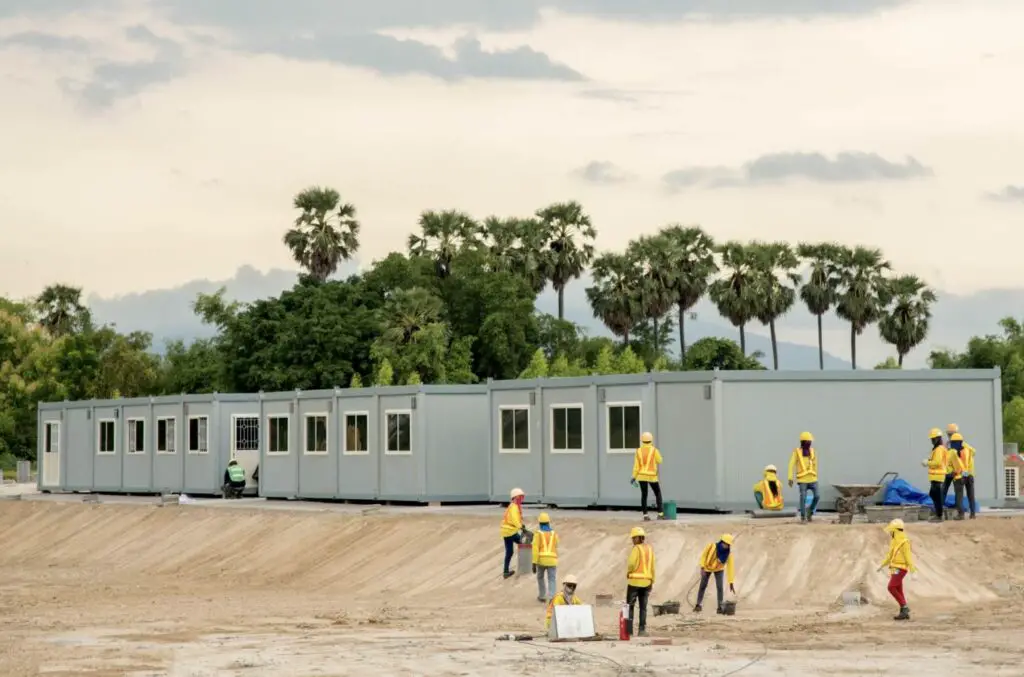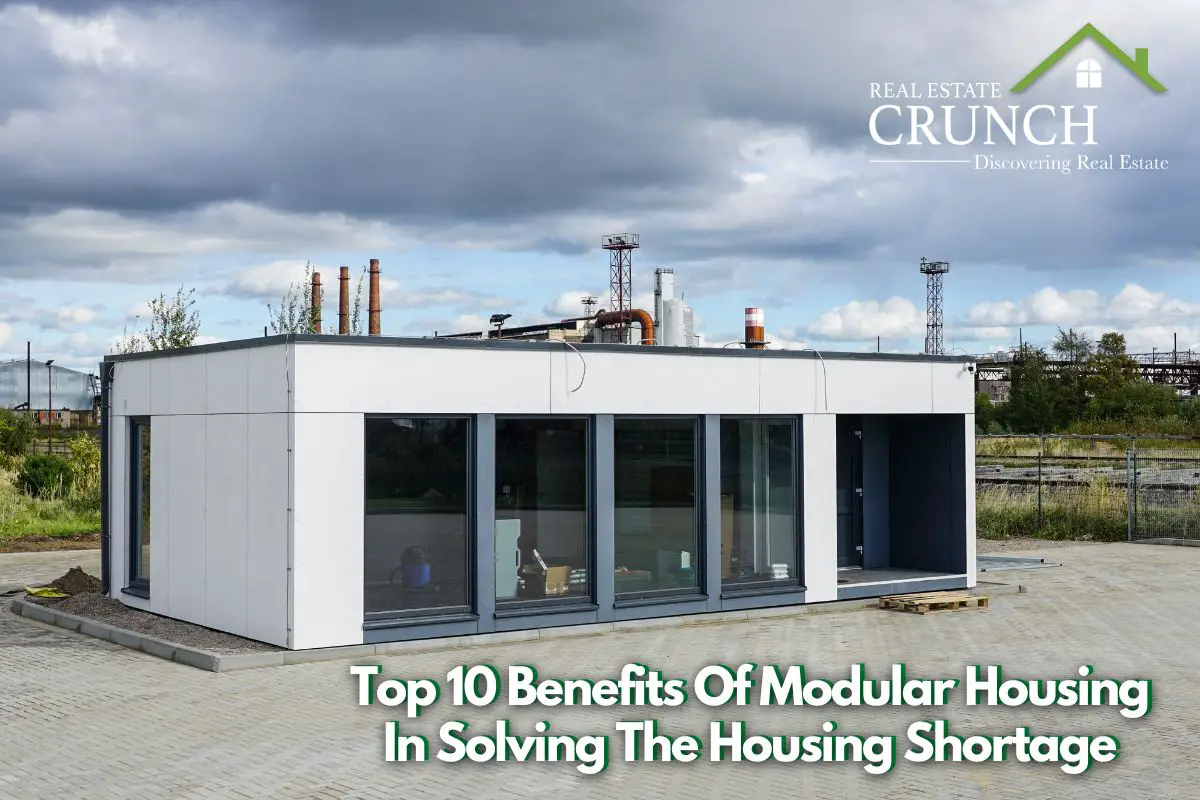Solving the housing crisis has been at the forefront of many discussions, debates, and studies for years, with various solutions being proposed to tackle this pervasive issue.
Among the myriad of ideas, modular housing has emerged as a promising contender capable of addressing the multifaceted challenges of the current housing shortage. As avid proponents of modular housing, we believe that adopting this innovative construction method could significantly alleviate the housing crisis, particularly in the United States. Here’s an extended exploration into 10 reasons modular housing may be vital to overcoming these challenges.
Table of Contents
- 10 Reasons Why Modular Housing Could Alleviate The Housing Crisis
- Challenges In The United States To The Modular Building Industry
- Related Question
10 Reasons Why Modular Housing Could Alleviate The Housing Crisis
We are convinced that modular homes hold the potential to address the housing crisis, particularly in countries like the United States, where this challenge is most acute. Our admiration for the modular home concept extends to its implications for home construction and the broader building industry.
In the following discussion, we’ll share our top 10 reasons for believing in modular homes as a viable solution to the housing crisis.

1. Rapid Construction
Modular homes are constructed in a controlled factory environment, drastically reducing build times compared to traditional on-site construction. This swift turnaround could quickly increase the housing supply to meet demand.
2. Weather-Independent Building Process
Unlike traditional construction, which can suffer delays due to adverse weather conditions, modular homes are built indoors, ensuring that production continues year-round without interruption.
3. Efficient Use Of Materials
Factories building modular homes optimize material usage, significantly reducing waste. This makes the process more sustainable and can lower construction costs.
4. Attractive Work Environment
The factory setting for constructing modular homes offers a consistent, climate-controlled environment for workers. This stability appeals to the workforce and can lead to higher productivity and job satisfaction.
5. Economies Of Scale
As production in a modular home factory increases, the cost per unit can decrease thanks to the economic principle of economies of scale. This cost-saving could be passed on to consumers, making housing more affordable.

6. Energy Efficiency
Modular homes are often designed with energy efficiency in mind, incorporating features like better insulation and advanced HVAC systems. This reduces the carbon footprint and lowers utility bills for homeowners.
7. Lower Carbon Footprint
The factory construction process of modular homes tends to generate less waste. It can more easily incorporate sustainable materials, resulting in a lower overall carbon footprint than traditional on-site construction.
8. Customization And Quality Control
The controlled environment of a factory allows for precise construction and easier quality control, ensuring high standards. Furthermore, many modular home companies can offer considerable customization options, appealing to many buyers.
9. Scalability
The modular construction process can be scaled up quickly to respond to housing demand, making it an effective tool in rapidly expanding urban areas or responding to natural disasters.
10. Technological Integration
Modular housing benefits from the latest construction technologies and innovations, from design software to manufacturing techniques. This integration of technology can lead to more intelligent, more resilient homes.
Modular housing presents a viable and innovative solution to the housing crisis. Its numerous benefits, from the efficiency of construction to the potential for lower costs and environmental sustainability, position it as a powerful tool in addressing the affordable and quality housing shortage.
By embracing modular construction, we can take a significant step toward solving the housing crisis, providing more individuals and families access to comfortable, sustainable, affordable homes. The future of housing may very well be modular, marking a shift towards more intelligent, efficient, and inclusive approaches to solving one of our most pressing social issues.

Challenges In The United States To The Modular Building Industry
Even as the modular home industry has experienced significant evolution, it faces notable challenges, particularly in countries like the United States, the UK, and elsewhere, despite countries like Sweden and Japan finding more success in addressing similar issues.
For instance, in Sweden, approximately 45% of homes are constructed offsite, while in Japan, it’s estimated that 15 to 20% of all new homes are built using modular or offsite construction methods.
In the United States, the industry’s journey has been marked by the unfortunate collapse of several critical modular home firms, which were driven into liquidation or bankruptcy. Analysts point to a constellation of contributing factors: escalating interest rates, soaring energy costs, and a general cost-of-living crisis have all deterred potential homebuyers.
In certain regions, the challenge is compounded by an acute affordability crisis, rendering home ownership an elusive dream for many, especially younger generations.

Resistance to change also plays a significant role. Some persistently perceived that modular homes are inferior in quality and value compared to their traditionally built counterparts. This stigma, rooted in longstanding industry biases, is hard to shake.
Yet, despite these obstacles, our faith in the modular home industry remains unshaken. We believe that, over time, the industry will not only surmount these challenges but also emerge as a key player in solving the housing crisis.
With ongoing advancements in technology and a gradual shift in public perception, modular homes have the potential to offer innovative, affordable housing solutions. As societal attitudes evolve and the industry continues to refine its practices, we are confident that modular housing will be a sustainable and valuable business model, significantly alleviating the housing crisis.
Real Estate Crunch gives you real property and real estate information and advice. We offer a free monthly newsletter; you can sign up for our newsletter by clicking here.
We also have a weekly podcast called “Real Estate Crunch,” found on all major podcast platforms. Listen to our podcast by clicking here.
Follow us on our social media platforms – Facebook and Instagram.
Related Question
Boxabl Modular Housing, Our Thoughts
Boxabl is a new housing concept that has entered every competitive housing market. Almost everyone I have spoken to has seen or heard about the Boxabl house unfolding on site.
By clicking here, you can read more about Boxabl Modular Housing, Our Thoughts
S2A Modular Homes: Leading Modular Housing Innovation
When looking at modular housing, one of the companies that consistently stands out is S2A Modular.
The modular housing sector has witnessed a remarkable transformation, largely thanks to the pioneering efforts of S2A Modular. Here are 20 detailed reasons that prove their legitimacy and highlight why they are at the forefront of the modular housing industry.
By clicking here, you can read more about S2A Modular Homes: Leading Modular Housing Innovation.
Sears Roebuck: American Kit Homes – First Modular Homes
One of the most iconic examples of early modular homes comes from the Sears Roebuck catalog, which offered kit homes from 1908 to 1940. These homes were a testament to the innovative thinking of the time and marked the beginning of a significant shift in how homes were constructed and delivered to Americans nationwide.
By clicking here, you can read more about Sears Roebuck: American Kit Homes – First Modular Homes.


